Brazilian artist Renato Dib creates exquisite adaptations of the human form using velvet, silk, and other materials. The intimacy of the human form serves as an endless source of inspiration in his work. Beginning his career at a very early age, Renato’s work was first featured in an exhibition at the age of 14.
In this interview, Renato Dib shares with us how his career in art began at any early age, his preference for flesh colors, and the political barriers placed on contemporary art.
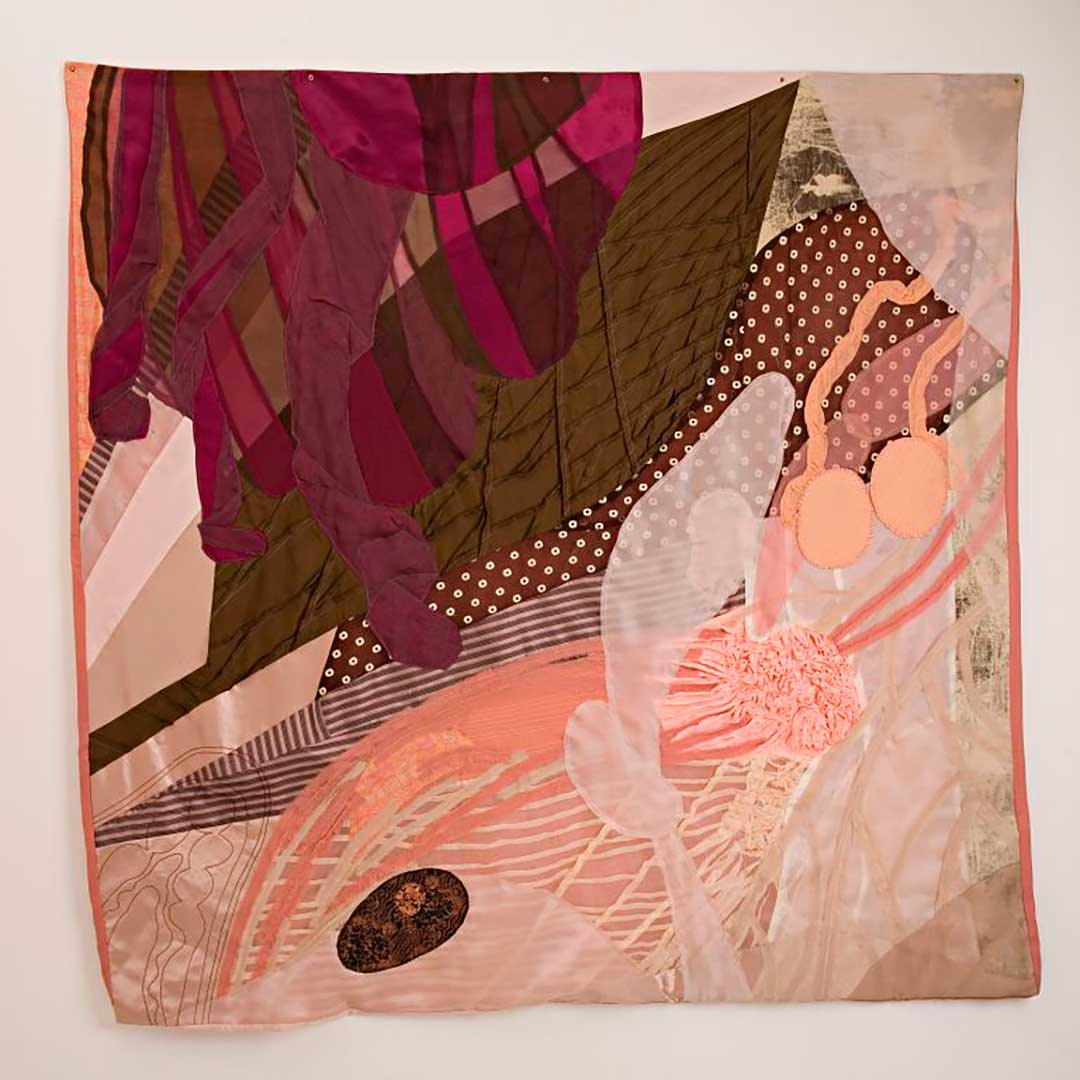
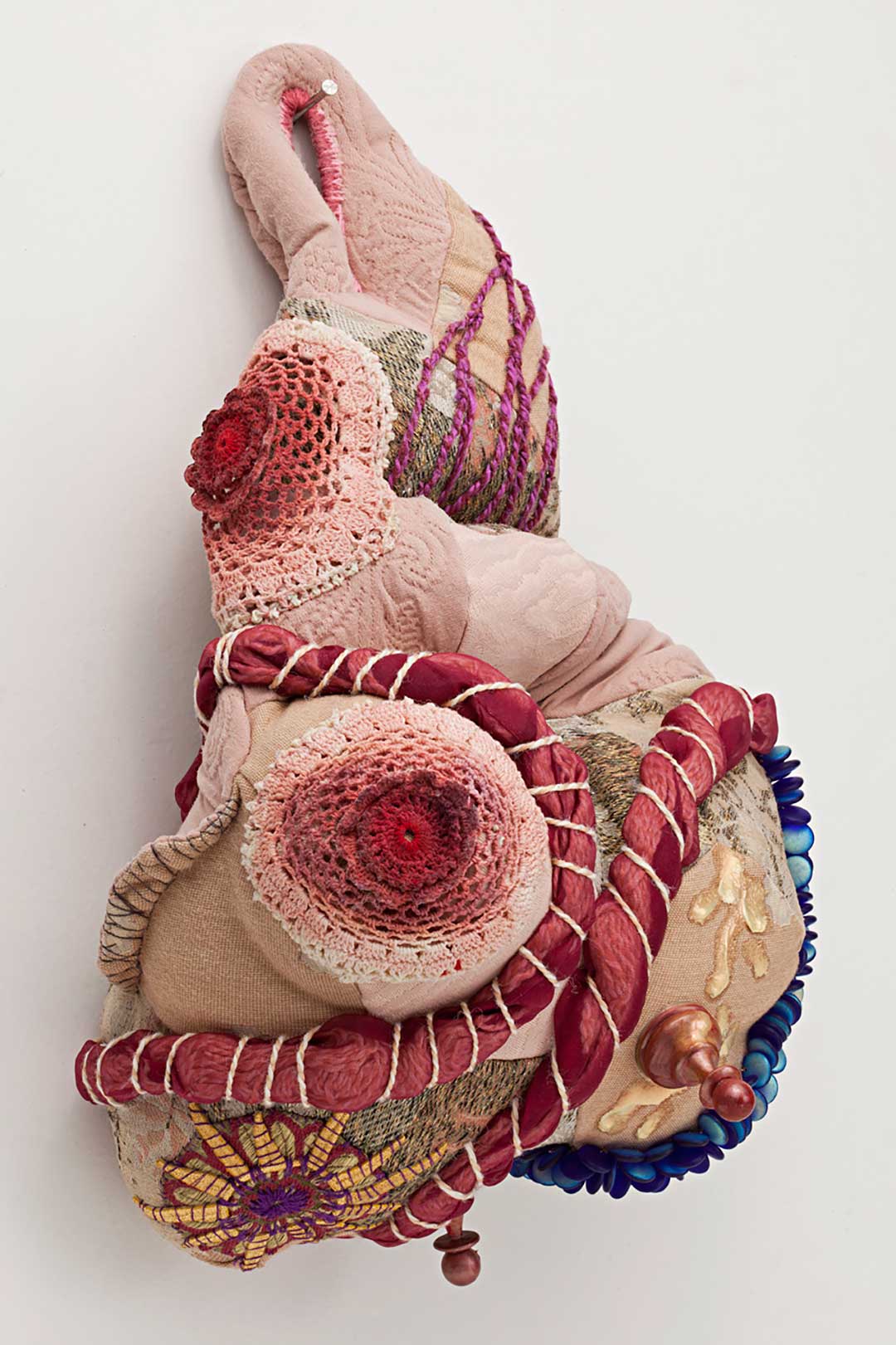
Many ways to work with fabric
TextileArtist.org: What initially captured your imagination about textile art?
Renato Dib: When I started to paint I used to do it directly onto some kind of fabric, not on stretched canvas. I soon noticed the tactile sense of those fabrics and started to glue other fabrics and materials over it.
Within time I learned how to sew. I was interested in the relation between the clothes and the body. The canvas was not anymore just a surface to be painted, but some kind of representation of the skin.
That was the start of it, but as I developed my own particular techniques, I saw that there were many, many ways to work with fabric. And many relations with the body itself.
Textiles may represent or be like skin, spots, hair, wrinkles, grooves, eyelids, internal tissues, and organs. Folded fabric could be like the folds of the brain.
Since artwork cannot be touched, using attractive materials or creating situations that would prompt touch would be a sort of “transgression,” if that’s possible. It’s the same idea in the field of human relations: to touch or not to touch wounds and openings?
What or who were your early influences and how has your life/upbringing influenced your work?
I think my early influences towards textiles were in my house. My mother used to hire a seamstress to make clothes or to fix clothes for us. She used to come home every week and I was fascinated by the process… but neither she nor my mother taught me how to sew. It was considered a “girl” thing.
I didn’t care and I started to sew by myself…
I think one of my first artistic influences was Klimt and his luxurious representation of fabric and bodies. And the anatomical drawings of Leonardo da Vinci, the flesh in Rubens. Then Francis Bacon, Rauschenberg, Eva Hesse, Lygia Clark, Annette Messager, Louise Bourgeois, Leonilson, and Hans Bellmer…
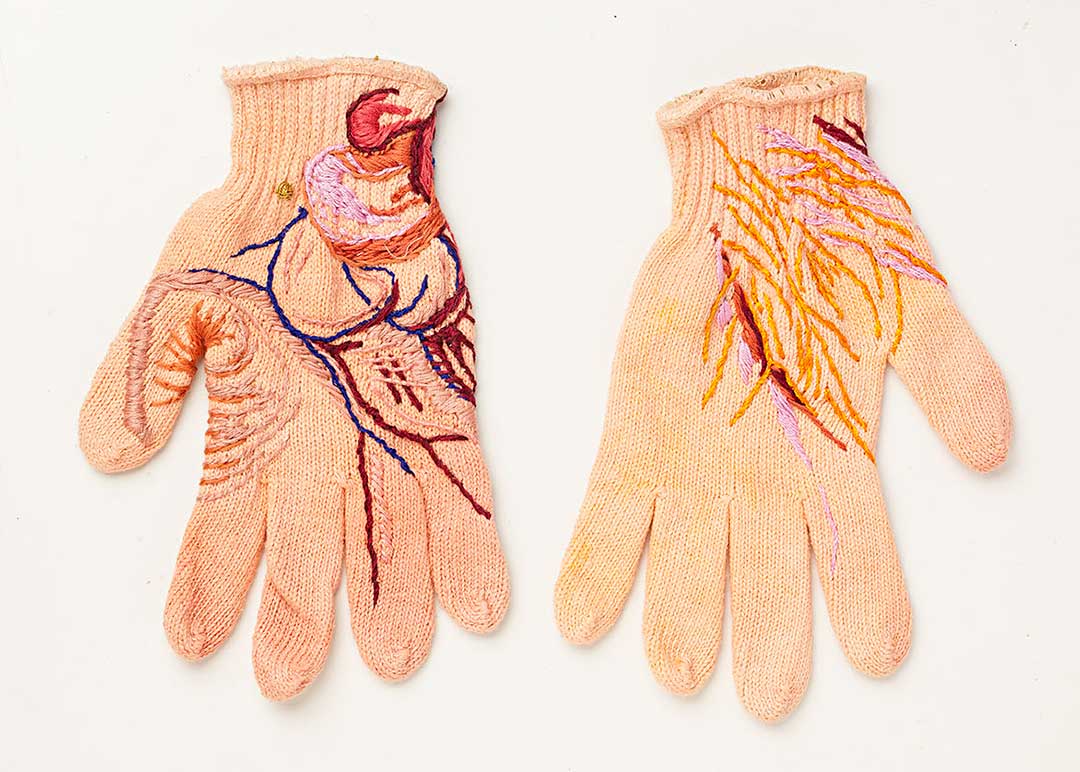
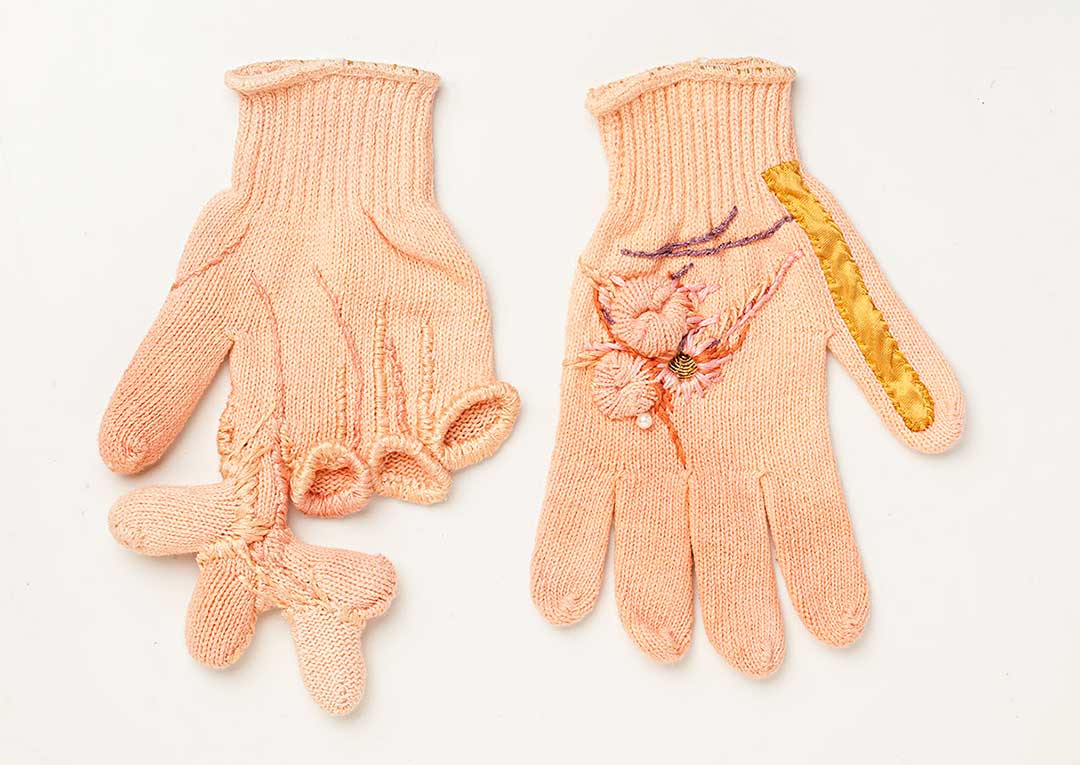
Think as a painter
What was your route to becoming an artist?
I became an artist at a very early age. My first exhibition took place when I was only 14 years old. Since then, I’ve studied many techniques, but was always drawn to painting. And I still think as a painter even when making fabric sculptures.
When I was 21, I went to college to get a formal education in fine arts here in São Paulo.
At the same time, I went to the studio of Leda Catunda (another Brazilian textile artist) to help me think about my work, as well as some other artists’ ateliers.
I never went to sewing, embroidery or tricot classes; every technique I use was self-taught.
Tell us a bit about your process and what environment you like to work in.
I’m attracted to some special fabrics, by the way they are constructed. I love jacquard for its complexity. I love organza for its simplicity. I love silk and its history, thinking of the cocoon and the silkworm.
I mostly use plain fabrics to construct my panels and objects. My first technique is to cut and sew, do some patchwork, and some apliqué, working the fabrics in an unusual manners. I love to create new ways to use the same fabrics.
And I do embroidery, tricot, crochet, and some painting also, when it is needed.
Sometimes I use pieces of fabrics with a history, such as used pillows, used clothes, towels and linens, beads, lace, and trimmings. All with some kind of information that caught my eye and excited me to manipulate them.
I love to go to flea markets and second hand shops to find materials.
And I don’t make projects. I want to be inspired by the materials to make some shapes and propose some color relations, although I mostly use flesh colors.
How would you describe your work and where do you think it fits within the sphere of contemporary art?
I never thought of myself as a “textile artist.” I’ve always been a contemporary artist that uses this kind of material and explores the meaning of it. I use mostly “ready-made” materials, given colors, and put them all together.
I want to think about what is inside somebody, beyond their appearance, their clothes, their skin, and what is behind their thoughts… or mine. There’s a lack of this kind of human reflection nowadays within the sphere of intimacy. Contemporary art is now so political, so outsider…

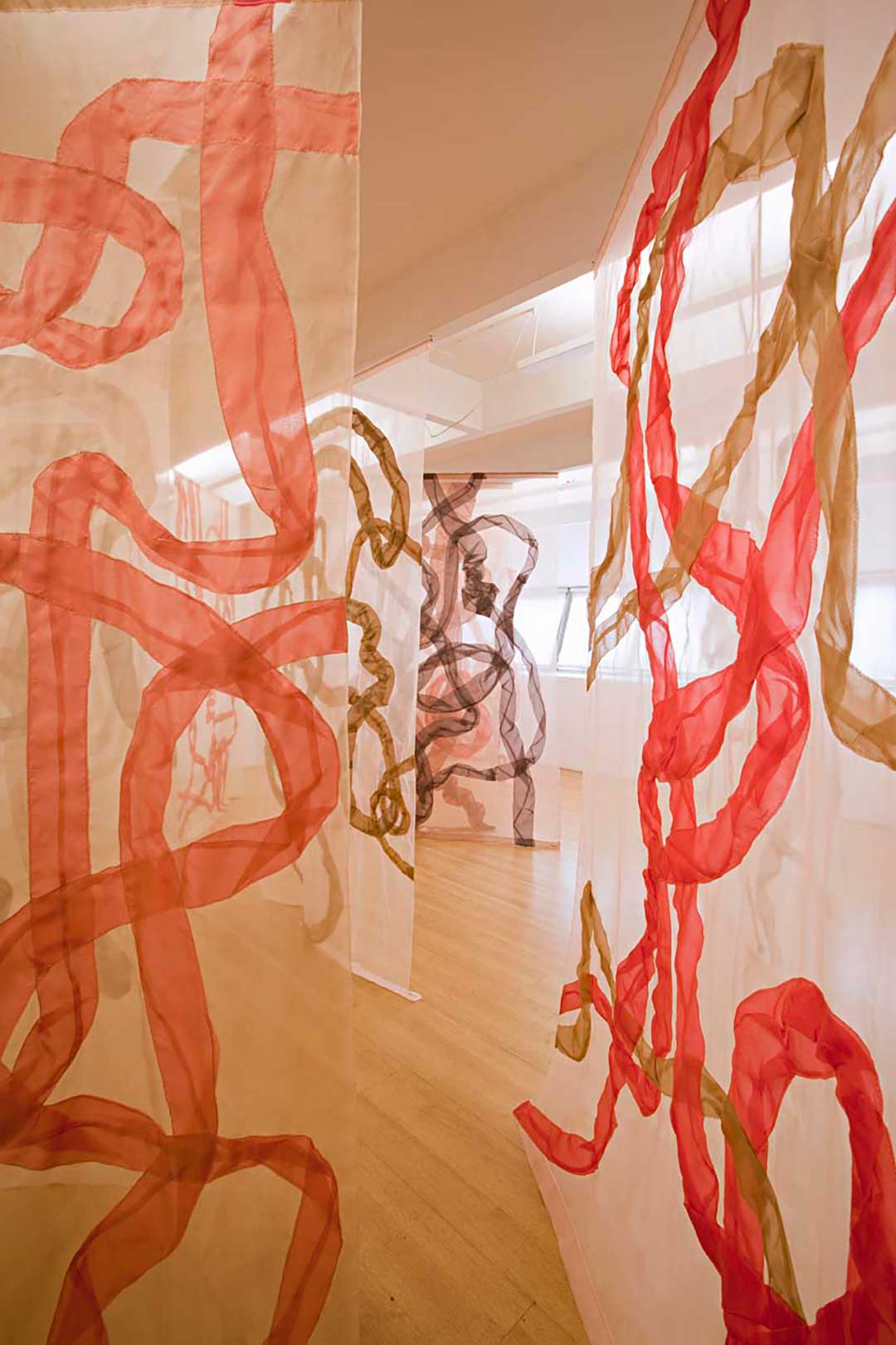
From the inside out
Do you use a sketchbook?
Not really. My sketchbooks are a mix of references of both images and texts. I like to do some collages though.
What currently inspires you and which other artists do you admire and why?
How has your work developed since you began and how do you see it evolving in the future?
The body is a question that I don’t intend to leave. This goes from the macro to micro, from the inside out, and vice versa.
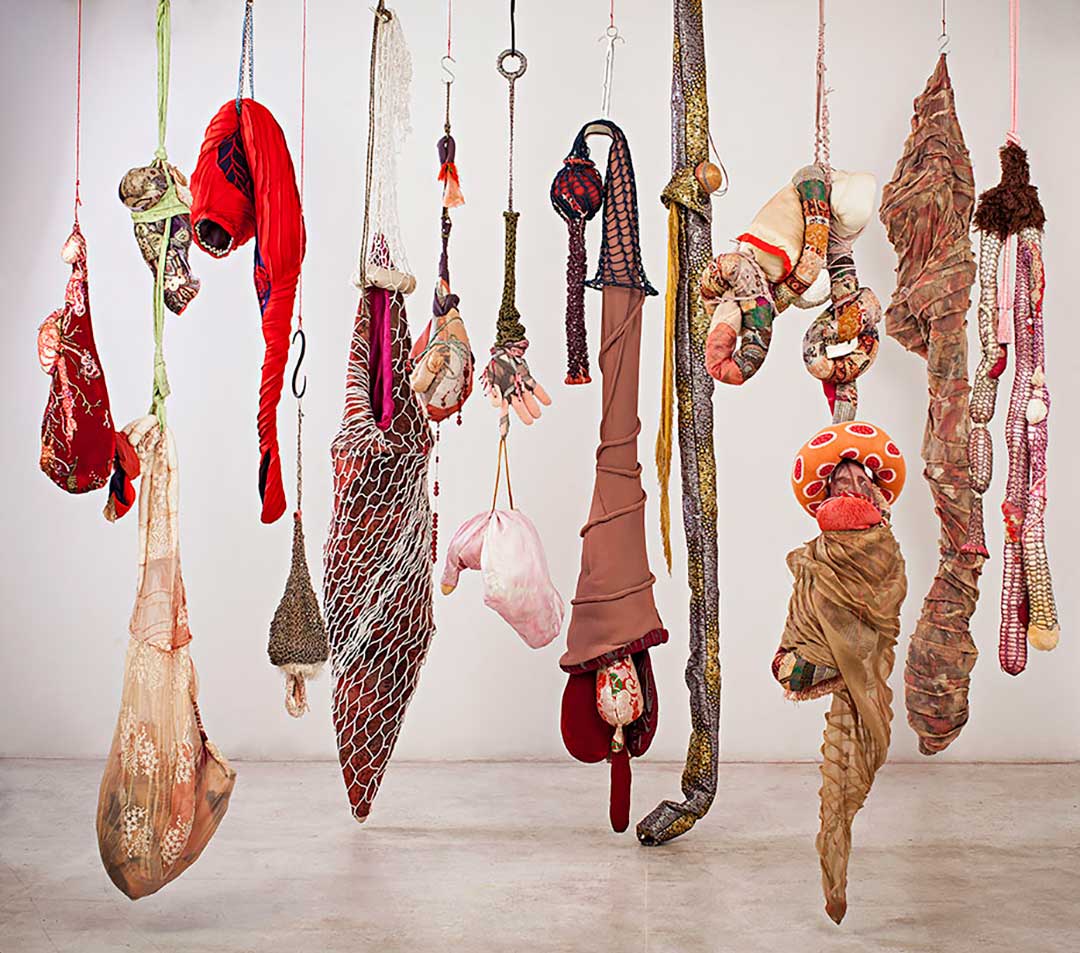
The way we access information about art
What advice would you give to an aspiring textile artist?
Don’t be afraid of hurting yourself with a needle…
What other resources do you use?
Pinterest and Instagram are awesome. I think websites and apps changed the way we access information about art.
What piece of equipment or tool could you not live without?
See more from Renato Dib by visiting: www.flickr.com/photos/renatodib
Renato describes contemporary art as political. Is he right? Leave your thoughts in the comments below.
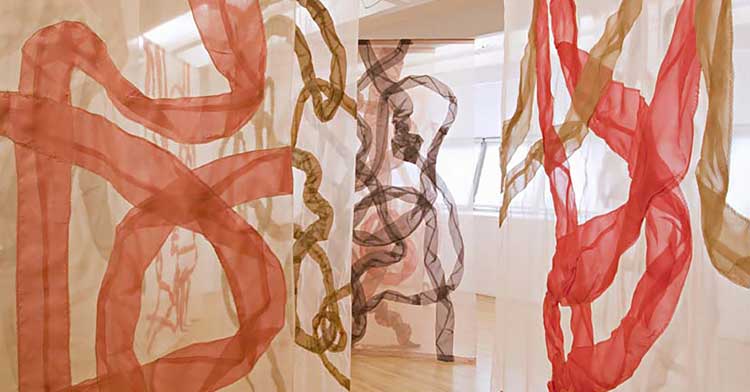
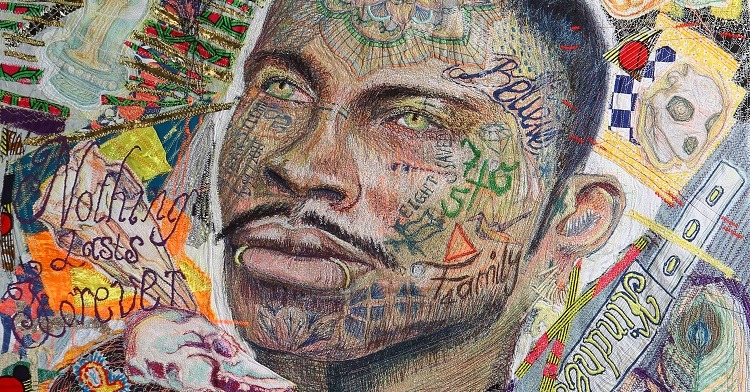
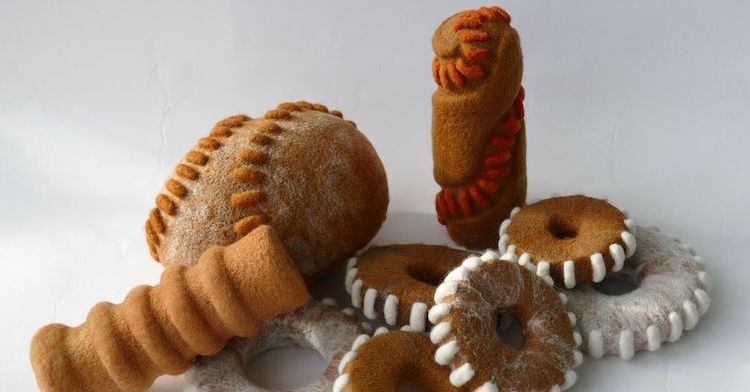
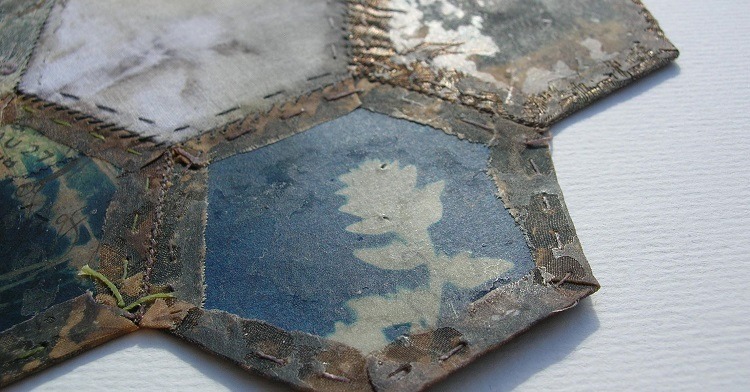
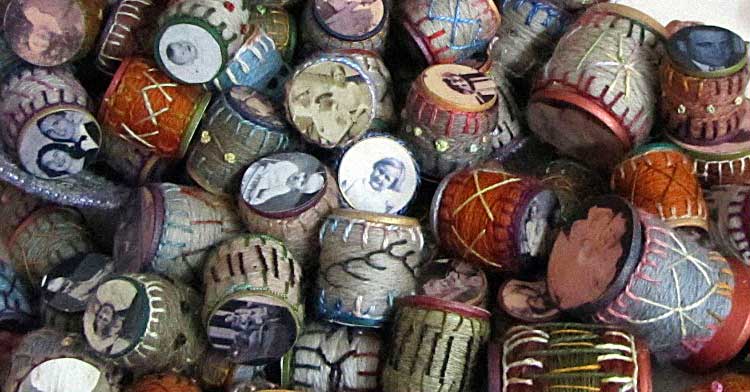
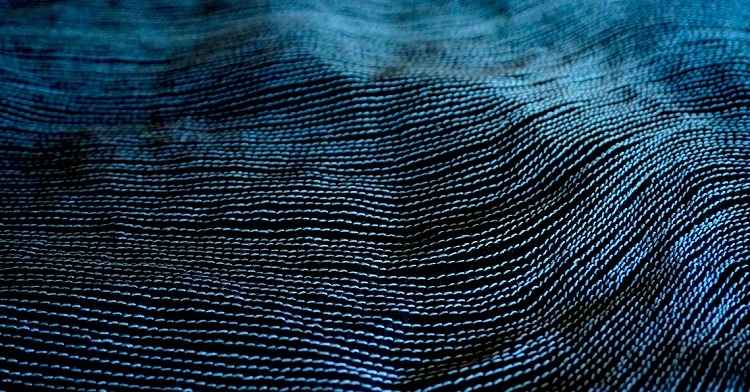
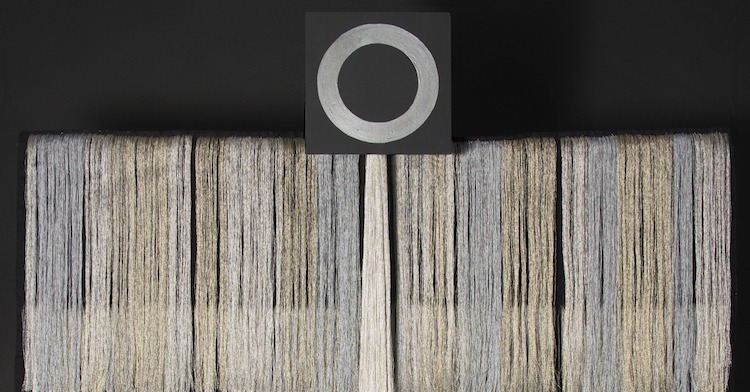
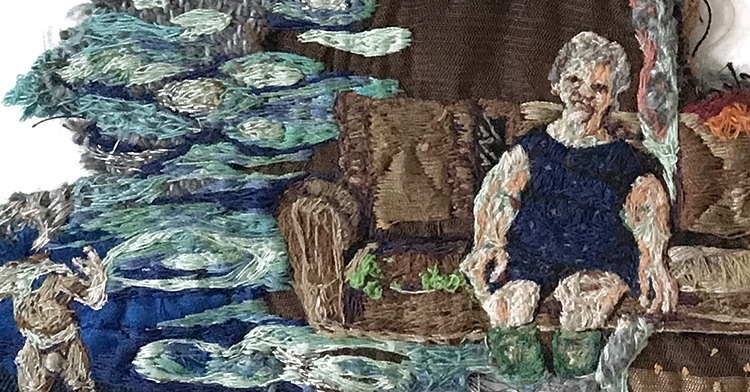
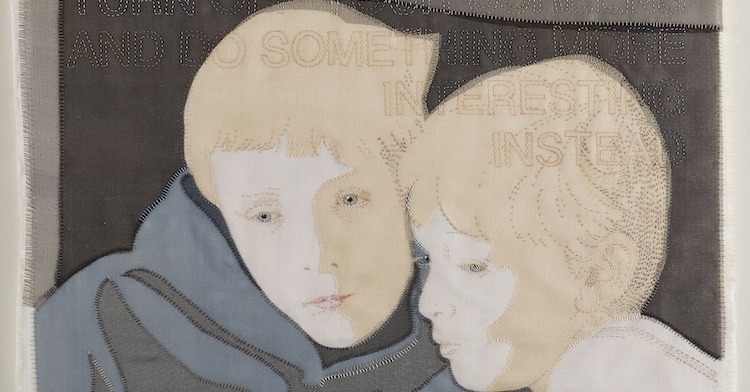
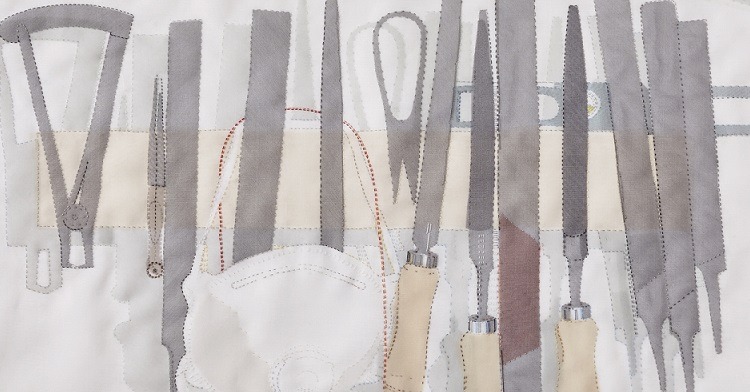
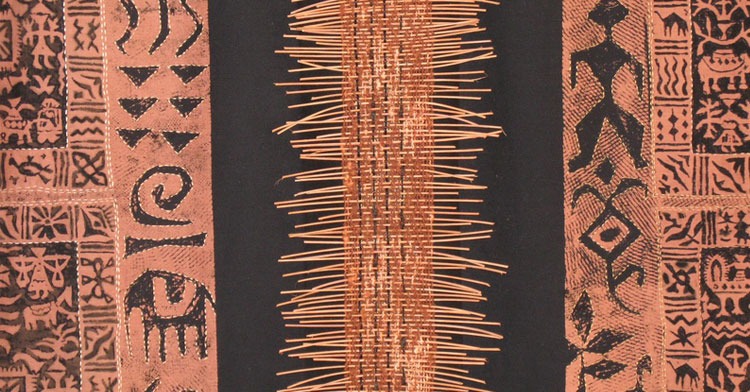
3 comments
Cat
This article is gold! Here I was, struggling to find any info on this artist and BOOM, here it all is. This literally saved my grade, thanks so much
Virgiinia
Impressed!
Anna Maria
wonderfull